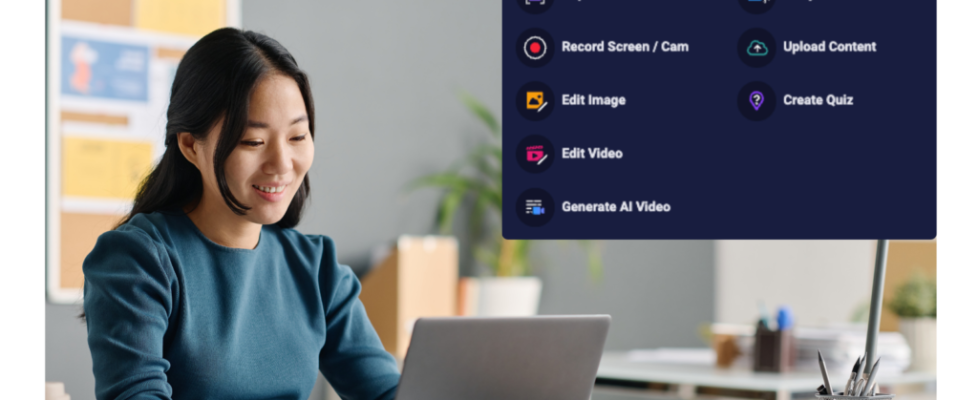
When two hurricanes ravaged the US Virgin Islands in 2017, the island was devastated. Hurricane Irma hit the Caribbean with vengeance bringing heavy winds and rain. It left behind thousands of damaged buildings and homes in its path. Within two weeks of the natural disaster, Hurricane Maria came spiraling down. What Irma left, Maria destroyed. In all, hundreds were killed and thousands lost their homes and businesses from these devastating storms.
In the middle of all this chaos was the University of the Virgin Islands. UVI Provost Camille McKayle says, “Many were impacted in their homes. For some faculty, the devastation included their offices, as buildings on campus were severely damaged.” It was a university in disaster with devastated buildings and offices.
The infrastructure on campus was damaged without reliable electricity, internet, or computing resources. As a result, the university lost its enrollment of 300 students.
Yet despite all this, the faculty was determined to do what they could for students. “The Provost’s office wanted to provide as much support as possible to the faculty to continue their contact and reach to students,” says Dr. Ameeta Jadav, Center for Excellence in Teaching and Learning.

Video Technology Helps Continue Learning During Emergency
The university turned to ScreenPal to continue learning. “It allowed the recording of the lecture and presentation. Students could then access these asynchronously when they had access to power and computing resources,” says Dr. Jadav.
The use of video technology aided the school during a time of crisis. Professors were able to record their lectures on ScreenPal and share their videos with students across the devastated area. Institutional Effectiveness Director Danica Thomas reveals what the faculty liked best, “The fact that they could adjust the areas of their screens to capture. The recording area was completely customizable.”
Before disaster struck, several members of the UVI faculty used the Blackboard Learning Management System, video conferencing, and other technologies to create effective learning experiences with students. Technology was familiar to some but not used by all faculty members.
What They Learned

The disasters taught faculty to seek out other solutions and as a result, the use of technology increased. “Faculty has been marvelous in finding ways to reach out to the students, working with them based on their circumstances, and managing access in spite of sporadic internet and electricity access, as well as challenges with infrastructure. It has also spurred an accelerated dialog on considered integration of technology for learning, instruction, and assessment,” says Dr. Jadav.
Prepare In Case Disaster Strikes
She advises schools and universities to prepare in case disaster strikes. “It would be good to provide faculty with the training and access to various technologies as a routine practice.” Dr. Jadav points out that integrating technologies takes time, infrastructure, and training.
The disaster struck hard but they were able to move on with help. “We are grateful to ScreenPal for their support in the aftermath of the disasters. The support meant that faculty had the option to provide access to learning resources for their students especially when they were unable to be physically present on campus, and in many cases, the islands.”
Quick Links
Professors uses flipped learning to spark learning in class

































